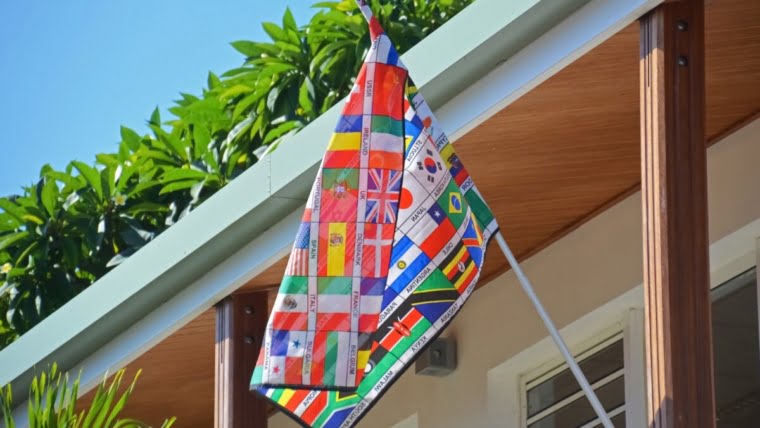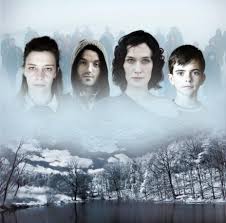![[map from National Museum of Wales] [map from National Museum of Wales]](https://www.businesslanguageservices.co.uk/wp-content/uploads/2011/08/beudymap-272x3001.jpg)
First stop is Caernarfon in the North West where the ‘Cofi’ dialect is famous. Ap Glyn asks older people to give him some examples of local words and expressions, which he then tests on the town’s youth. Examples included ‘niwc’- cwîn (queen) in reverse – for a penny, ‘fodan’ for a girl or woman and ‘blew cae’ (field hair) for grass. The young people are, unsurprisingly, not familiar with the names for pre-decimal coins, but have invented their own ‘Cofi’ word ‘jaman’, which means embarrassing. There is only brief mention of one of the locals’ most unique lexical habits, the use of the word ‘co**’ (yes, it’s the word you’re thinking of with an ‘o’ instead of a ‘u’) as a greeting or even a term of affection.
The second episode tackles the sharpest linguistic divide among Welsh speakers, that between North and South. North and South Walians known as Gogs and Hwntws respectively use different words for all sorts of things including him, he, now, out, with and up. Ap Glyn attempts to find the invisible border line where the two main Welsh dialects meet. Unsurprisingly, the programme’s survey results show that the border is in Mid Wales, around the village of Taliesin to the north of Aberystwyth. Mid Walians discuss their dialect identity, showing a strong affinity with Mid Wales, while recognising that there is no simple word for who they are. There are Gogs and Hwntws but the word ‘canolbarthwyr’ (Mid Walians) doesn’t slip off the tongue so easily.
Episode 3 takes our presenter to Pembrokeshire, travelling in a Land Rover in imitation of earlier fieldworkers reaching isolated areas. The historically bilingual character of the county is explored, particularly the invisible Landsker Line separating the traditionally Welsh speaking part of the county from the area known as ‘little England beyond Wales’, which has been predominately English speaking since the 12th century despite its location at the western edge of Wales.
Among the pronunciation issues discussed in the series was the pronunciation of the long ‘a’ as ‘e’ i.e. the word ‘tân’ (fire) would be pronounced ‘tên’. Generally identified with Mid Wales, especially Montgomeryshire, the programme showed that this pronunciation is in fact much more widespread, reaching as far as Harlech in the North. The so-called narrow ‘a’ is also found in the old South East dialect of Gwenhwyseg (Gwentian). This dialect is very close to demise, now heard only among a few speakers in the Rhymney Valley, but has left its mark on the English spoken in the area, for example in the ‘air’ sound heard in ‘Kairdiff’.
Rather than concentrating on a geographical area, episode 5 looks at young people and technology and considers how modern life is changing the Welsh language. Eminent linguist David Crystal argued that the main threat to the Welsh language today does not come from outside in the form of the dominance of English, but rather from within as older speakers complain about the quality of the Welsh spoken by the young. David Crystal is, of course, well known for his stance that language change, including changes that some would classify as errors, is inevitable and should not be resisted. Such discussions evoke strong passions among Welsh speakers as every use of an English word where a Welsh one would suffice, every adoption of English syntax and idiom, is seen not as natural change, but rather as a threat to the very existence of our language. The pedants, however, are fighting a losing battle, according to Crystal. Of all the world’s minority languages, Welsh is currently the third most used on Twitter. With Twitter, Facebook, blogs, text messages and e-mail many more people are now regularly writing in Welsh without anybody to ‘police’ them or to prevent them creating their own new dialects of Welsh.

